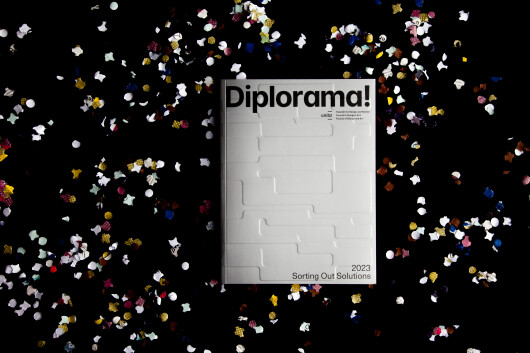
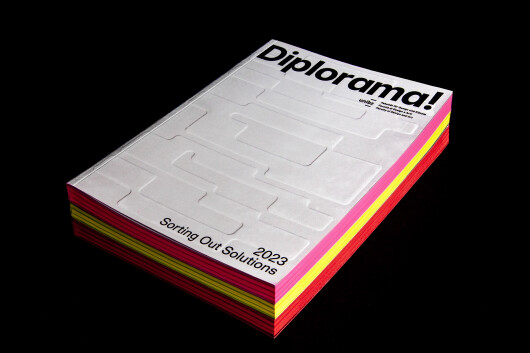
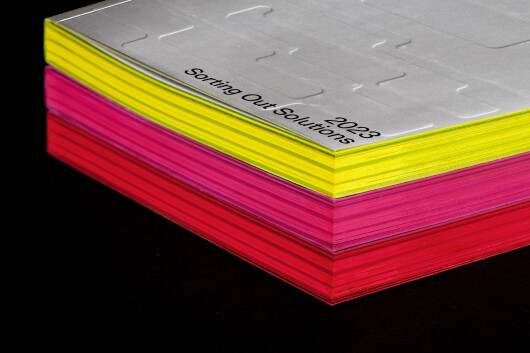
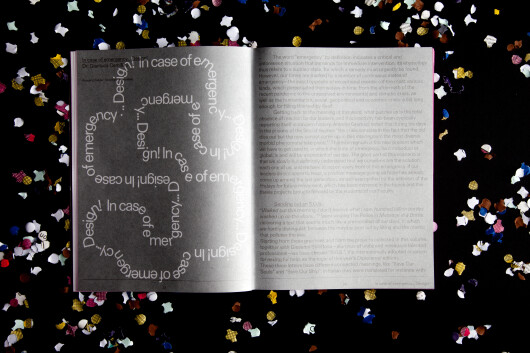
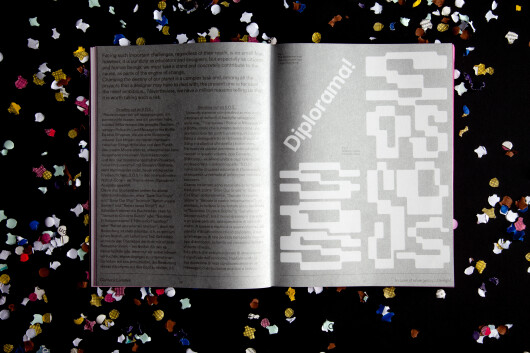
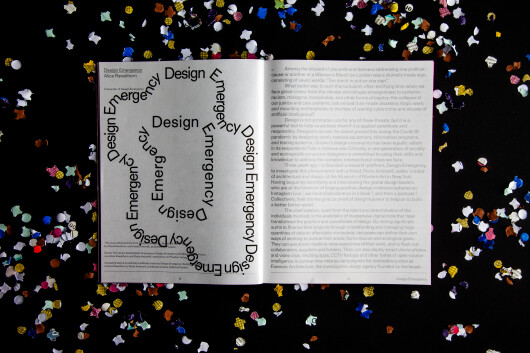
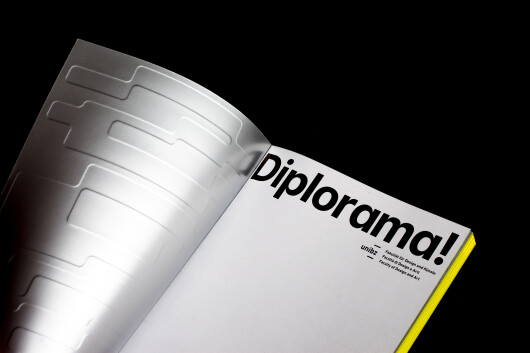
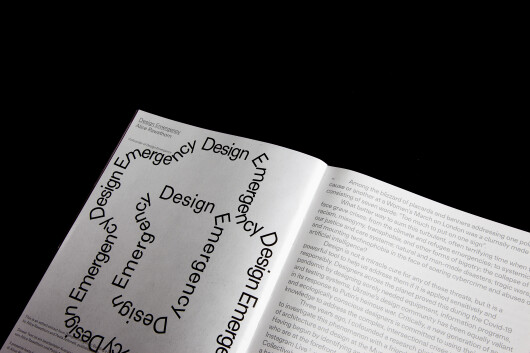
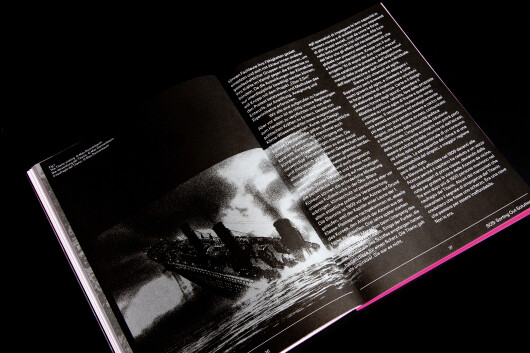
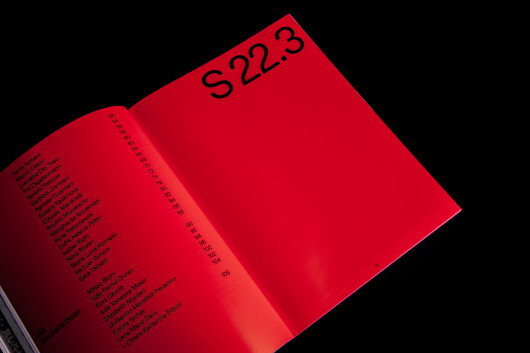
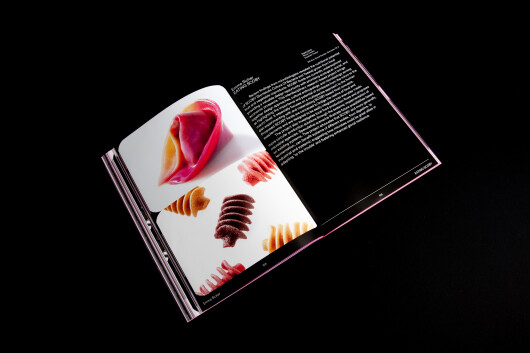
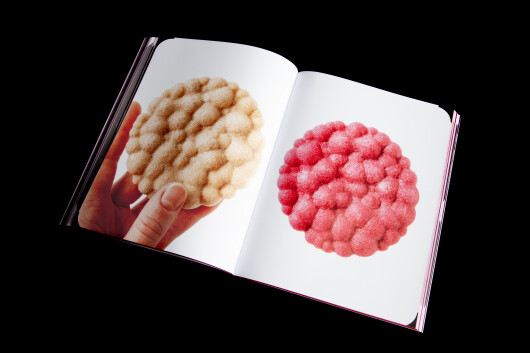
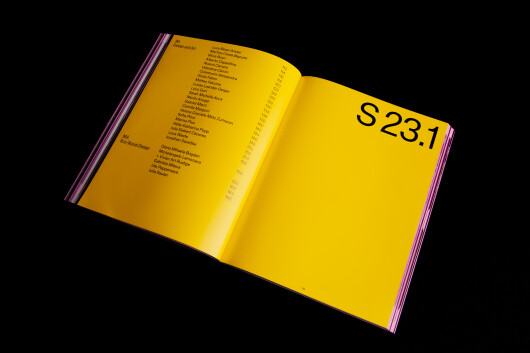
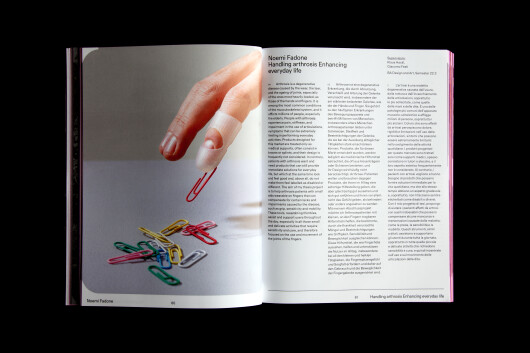
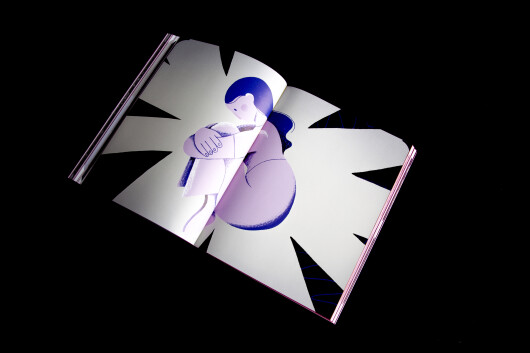
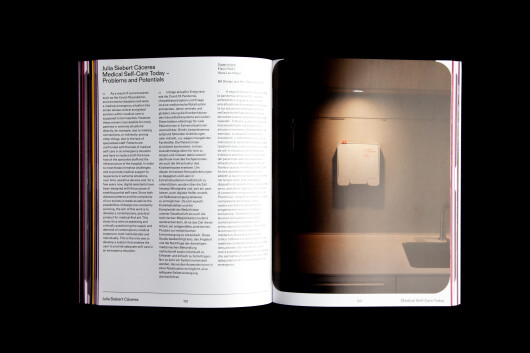
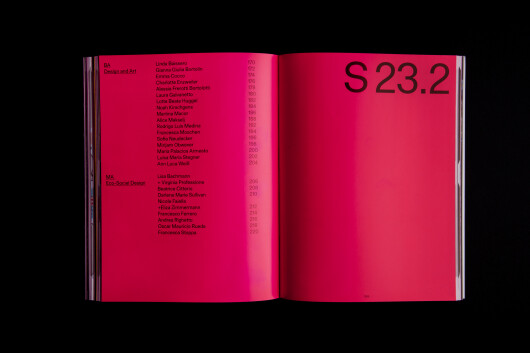
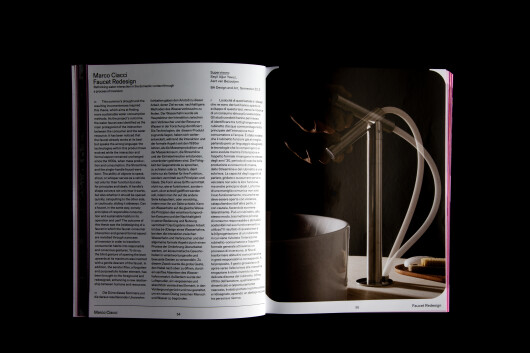
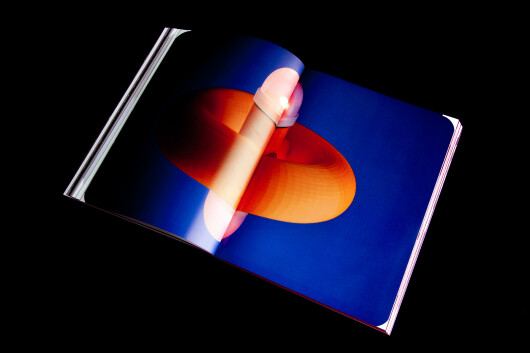
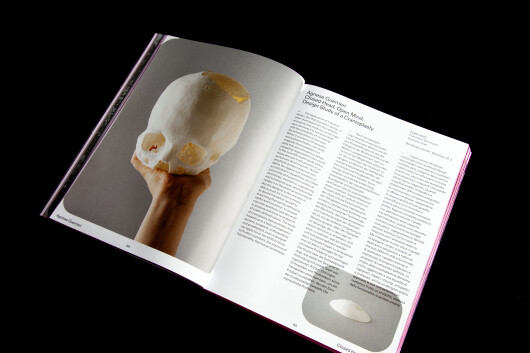
The word “emergency” by its etymology indicates a critical and unforeseen situation that demands immediate intervention. However, our times are marked by a number of continuous states of emergency — the exact opposite of exceptional events — of the most various kinds, which perpetuated themselves in time: from the unresolved environmental and climatic crisis, as well as the humanitarian, social, geopolitical and economic crisis: a list long enough for filling a book by itself.
Getting back to the meaning of this word, what puzzles us is the total absence of reaction by our leaders, and this inactivity has been cyclically repeating itself in modern history. The good part of this scenario is that we slowly but definitely understood that we ourselves are the solution, each one of us, and we have to act on every front of this emergency. If our leaders do not seem to react, a positive message giving us hope has already come up among the last generation, as well exemplified by the activism of the FridaysforFuture movement, which has been mirrored in the topics and the thesis projects brought forward by the students of our Faculty.
In fact, design and art solutions for the ongoing emergencies are provided by our students and showcased in this year’s catalogue, such as the sustainable food proposals by Emma Sicher exploiting SCOBY (Symbiotic Culture Of Bacteria and Yeasts, or @noemifadone ‘s thimbles to assist and support people with arthrosis throughout the day; and a new light buoy designed by Ilaria Palazzeschi to signal the presence of a shipwrecked person in the water, developed with help of SosMéditerranée voluntary organisation (VO) that rescues and accompanies dispersed migrants along the Central Mediterranean route.
“Walked out this morning, I don’t believe what I saw, hundred billion bottles washed up on the shore…” were singing The Police, delivering a message that seems much like a premonition of our days, in which we can barely distinguish between the mayday sent out by Sting and the plastic that pollutes the world. Starting from these premises and from the projects collected in this volume, together with Giovanni Stillittano — an alumnus of the Faculty of Design and Art unibz and nowadays talented professional — we have chosen SOS, the internationally adopted acronym for asking for help, as the topic of this year’s Diplorama! edition.
These three letters have different connected meanings, like “Save Our Souls”, while in Italian they were translated with “Soccorso Occorre Subito”, but the meaning always refers to a heavy danger, a matter of life and death.
What is at risk is the survival of the Planet and of all its inhabitants, and for an emergency of this kind there’s no possible help, only we ourselves can try to find a remedy. That’s why we decided to upset the acronym’s meaning, turning its idea of surrender into something positive and proactive: “S.O.S” like “Sorting Out Solutions”, i.e. sorting our ideas by enhancing the solutions brought forward by our students for each ongoing #emergency. Then, this new slogan has been graphically interpreted with custom-type lettering characterised by a numeric and digital aesthetics, which was inspired by the binary system used for sending out the SOS messages, i.e. the Morse code. The colours – metallic silver, neon red, yellow and pink –, which were chosen during this year’s three #thesis terms, recall the colours typical of traffic and danger signals, so as to be visible as much as possible in the streets of Bolzano, where the advertising posters and billboards for Diplorama! have been posted.
Paraphrasing again the song by The Police, we are sending out a help request, and our message, just like an SOS, must have absolute priority over any other communication, in the hope that everybody receives it and acts, thus contributing to change. Facing such important challenges, regardless of their reach, is no small feat, however, it is our duty as educators, designers, artists, but especially as citizens and human beings: we must take a stand and concretely contribute to the cause, as parts of the engine of change. Changing the destiny of our planet is a complex task and, among all the projects that a designer or an artist may have to deal with, the present one is for sure the most ambitious… Nevertheless, we have a million reasons telling us that it is worth taking such a risk. I’m grateful to Alice Rawsthorn, co-founder of Design Emergency, for contributing with her words to the publication.